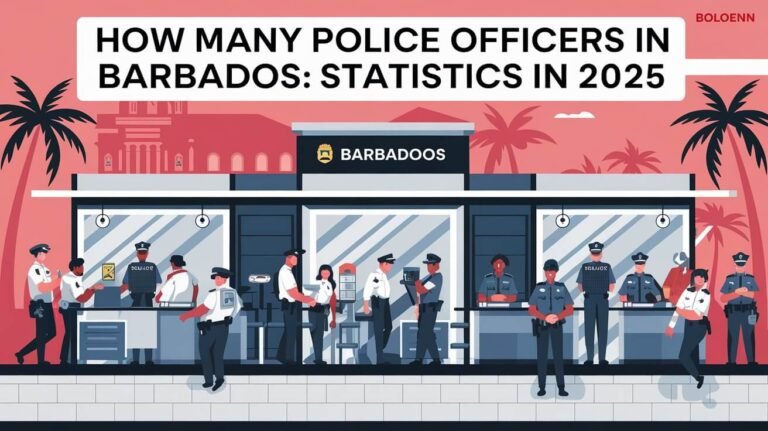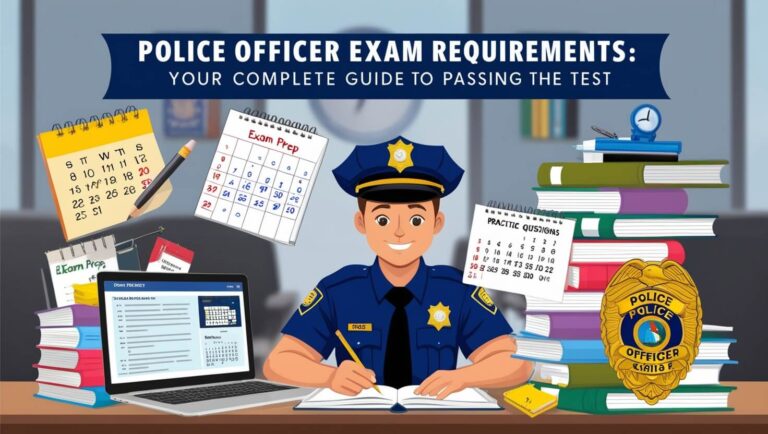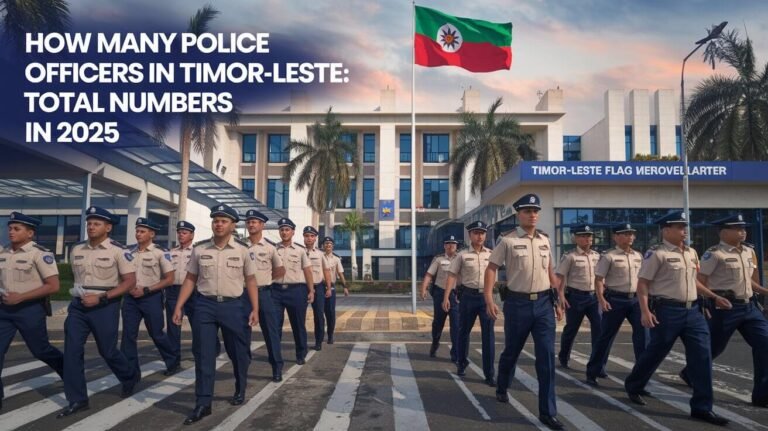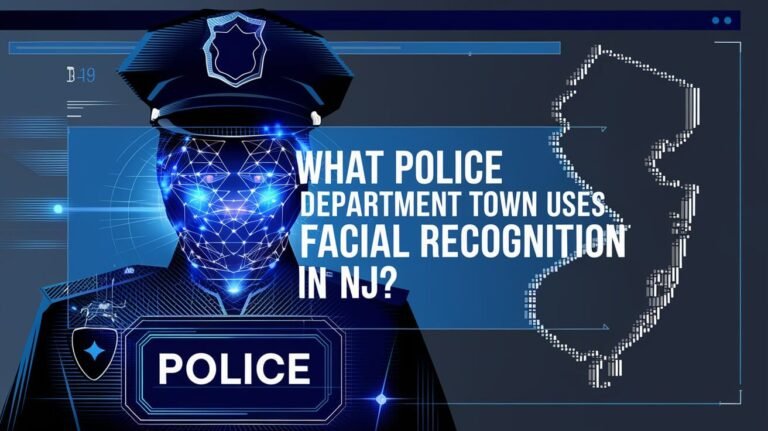Do Police Have Quotas? Unveiling the Truth Behind Law Enforcement Practices
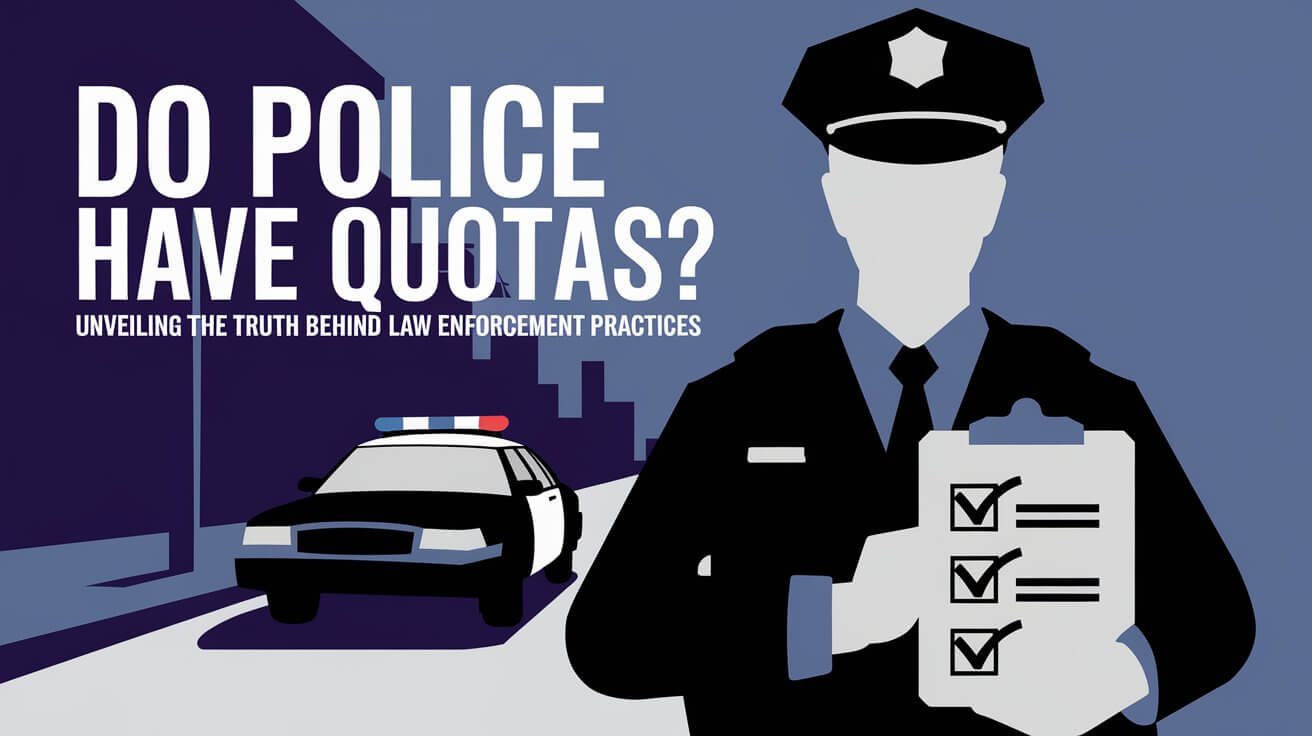
Police quotas are a controversial practice where officers are expected to meet specific targets for tickets, arrests, or other law enforcement activities. While many departments deny their existence, evidence suggests that some form of quota system persists in various jurisdictions across the United States. This article digs into the complex world of police quotas, exploring their impact, legality, and the ongoing debate surrounding their use.
What Are Police Quotas?
Police quotas refer to numeric goals set for officers to achieve a certain number of tickets, citations, arrests, or other measurable activities within a given time frame. These targets can be official department policies or unofficial expectations communicated through supervisors.
Types of quotas include:
- Traffic ticket quotas
- Arrest quotas
- Stop-and-frisk quotas
- Warning quotas
While quotas might seem like a straightforward way to measure officer productivity, they often lead to unintended consequences and ethical dilemmas.
Historical Context of Police Quotas
The use of quotas in law enforcement isn’t new. They’ve been around for decades, with roots in the early 20th century. As police departments became more professionalized, leaders sought ways to measure and improve officer performance.
In the 1990s, data-driven policing strategies like CompStat gained popularity. While these approaches aimed to reduce crime through targeted enforcement, they also increased pressure on officers to produce measurable results.
The Debate: Do Police Actually Have Quotas?
Arguments Supporting the Existence of Quotas
Many current and former officers have spoken out about quota systems in their departments. They describe pressure to meet specific numbers, often tied to performance evaluations or career advancement.
Evidence for quotas includes:
- Internal memos mentioning numeric goals
- Testimony from whistleblowers
- Patterns of increased enforcement at the end of reporting periods
Counter-Arguments and Official Denials
Police leadership typically denies the existence of quotas. They argue that any numeric goals are merely performance guidelines or productivity measures, not rigid requirements.
Common defenses include:
- Emphasizing officer discretion
- Pointing to laws prohibiting quotas
- Describing enforcement patterns as responses to community complaints
Legal Status of Police Quotas
States Where Quotas Are Illegal
At least 20 states have laws on the books making police quotas illegal. These include:
- California
- Florida
- Illinois
- New York
- Texas
However, the effectiveness of these laws varies, and enforcement can be challenging.
Loopholes and Alternative Terms
Even in states with quota bans, departments may use creative language to skirt the rules. Common alternatives include:
- “Performance standards”
- “Activity goals”
- “Productivity benchmarks”
These terms allow agencies to set numeric targets without explicitly calling them quotas.
Impact of Quotas on Policing
Effects on Officer Behavior
Quota systems can dramatically influence how officers approach their jobs. Potential consequences include:
- Increased aggressiveness in traffic stops
- Focus on easy-to-prove violations over more serious crimes
- Reduced officer discretion and community engagement
When officers feel pressured to meet numbers, it can lead to unnecessary confrontations and erode public trust.
Community Relations and Trust
Quotas often damage relationships between police and the communities they serve. Citizens may feel targeted or view enforcement as a revenue-generating scheme rather than a public safety measure.
This mistrust can have far-reaching effects:
- Reduced cooperation with investigations
- Increased tension during police encounters
- Lower overall perception of police legitimacy
Revenue Generation: The Link Between Quotas and Municipal Funding
How Ticket Fines Contribute to Local Budgets
For some municipalities, fines and fees from citations make up a significant portion of their budget. This creates a perverse incentive to encourage aggressive ticketing.
In extreme cases, like Ferguson, Missouri, investigations revealed that city officials pressured the police department to generate more revenue through enforcement activities.
Criticism of “Policing for Profit”
Civil rights advocates argue that using law enforcement as a revenue source is fundamentally unjust. It disproportionately affects low-income communities and creates conflicts of interest for officers.
Reform efforts often focus on:
- Capping the percentage of municipal budgets that can come from fines
- Redirecting citation revenue to dedicated funds, not general budgets
- Increasing state oversight of local enforcement practices
Quota Alternatives: Performance Metrics in Law Enforcement
Activity-Based Performance Measures
Progressive departments are moving away from quota-like systems toward more holistic performance evaluations. These might include:
- Problem-solving initiatives
- Community outreach efforts
- De-escalation success rates
By broadening the definition of good policing, agencies can encourage officers to focus on quality over quantity.
Community-Oriented Policing Metrics
Another approach is to prioritize community satisfaction and engagement. Metrics might include:
- Citizen feedback surveys
- Participation in neighborhood meetings
- Successful referrals to social services
These measures aim to align officer incentives with community needs and priorities.
Exposing Quota Systems: Whistleblowers and Investigations
Notable Cases of Quota Revelations
Several high-profile cases have brought police quotas into the public eye:
- In New York City, Officer Adrian Schoolcraft secretly recorded supervisors pressuring officers to meet ticket and arrest quotas.
- A class-action lawsuit in Los Angeles alleged that officers faced retaliation for not meeting citation targets.
- An investigation in Chicago revealed that some officers were writing bogus tickets to meet quotas.
These cases highlight the ongoing prevalence of quota-like systems, despite official denials.
Media Investigations and Public Records
Investigative journalism has played a crucial role in exposing quota practices. Reporters have used techniques like:
- Analyzing ticket data for patterns
- Filing public records requests for internal communications
- Interviewing current and former officers
These efforts have shed light on practices that might otherwise remain hidden from public scrutiny.
The Public’s Perception of Police Quotas
Survey Data and Public Opinion
Polls consistently show that many Americans believe police quotas exist and view them negatively. A Pew Research Center survey found that:
- 68% of adults think officers have quotas for tickets or arrests
- 84% believe quotas are a bad idea
This perception contributes to broader concerns about fairness in law enforcement.
Impact on Citizen-Police Interactions
Belief in quotas affects how people interact with police. It may lead to:
- Increased hostility during traffic stops
- Assumptions that officers are motivated by revenue, not safety
- Reluctance to call police for assistance
Addressing these perceptions is crucial for improving police-community relations.
Reforming the System: Proposals to Address Quota Concerns
Legislative Efforts
Lawmakers in various states have introduced bills to strengthen existing quota bans or create new ones. Key provisions often include:
- Clearer definitions of what constitutes a quota
- Whistleblower protections for officers who report violations
- Increased penalties for departments that use quota systems
These efforts aim to give anti-quota laws more teeth and close loopholes.
Police Department Policy Changes
Some agencies are proactively changing their policies to address quota concerns:
- Eliminating numeric performance targets
- Implementing more comprehensive evaluation systems
- Increasing transparency in enforcement data
By taking these steps, departments hope to rebuild trust and improve officer morale.
Technology and Quotas: The Role of Data in Modern Policing
Use of Analytics in Performance Evaluation
Advanced data analytics tools offer new ways to measure officer performance. These systems can track a wide range of metrics, potentially reducing reliance on simple citation counts.
Benefits include:
- More nuanced understanding of officer activities
- Ability to identify patterns and trends
- Better alignment of enforcement with community needs
Concerns About Data-Driven Policing
However, the increased use of data in policing also raises concerns:
- Privacy issues related to data collection
- Potential for algorithmic bias
- Risk of creating de facto quotas through performance benchmarks
Striking the right balance between data-driven insights and officer discretion remains a challenge.
International Perspectives: Quotas in Police Forces Around the World
Comparative Analysis of Different Countries
The use of quotas isn’t unique to the United States. Countries around the world grapple with similar issues:
- In the UK, “performance targets” have faced criticism for distorting policing priorities.
- French police unions have protested against quota systems they say lead to harassment.
- Australian states have debated the merits of traffic enforcement targets.
Examining these international examples provides valuable context and potential solutions.
Best Practices and Lessons Learned
Some countries have implemented promising alternatives to quota-based systems:
- Community satisfaction surveys as a key performance indicator
- Focus on crime prevention rather than enforcement statistics
- Collaborative goal-setting between police and local communities
These approaches offer potential models for U.S. departments looking to move beyond quotas.
Conclusion
The question “Do police have quotas?” doesn’t have a simple yes or no answer. While many departments deny using quotas, evidence suggests that quota-like systems persist in various forms across the country. The impact of these practices on officer behavior, community trust, and the overall justice system is significant.
Moving forward, addressing concerns about police quotas will require:
- Greater transparency in department policies and performance measures
- Continued legislative efforts to ban quota systems and close loopholes
- Development of alternative performance metrics that prioritize community safety and satisfaction
- Ongoing dialogue between law enforcement, policymakers, and the public
By tackling this issue head-on, we can work towards a fairer, more effective approach to law enforcement that serves both officers and the communities they protect.

